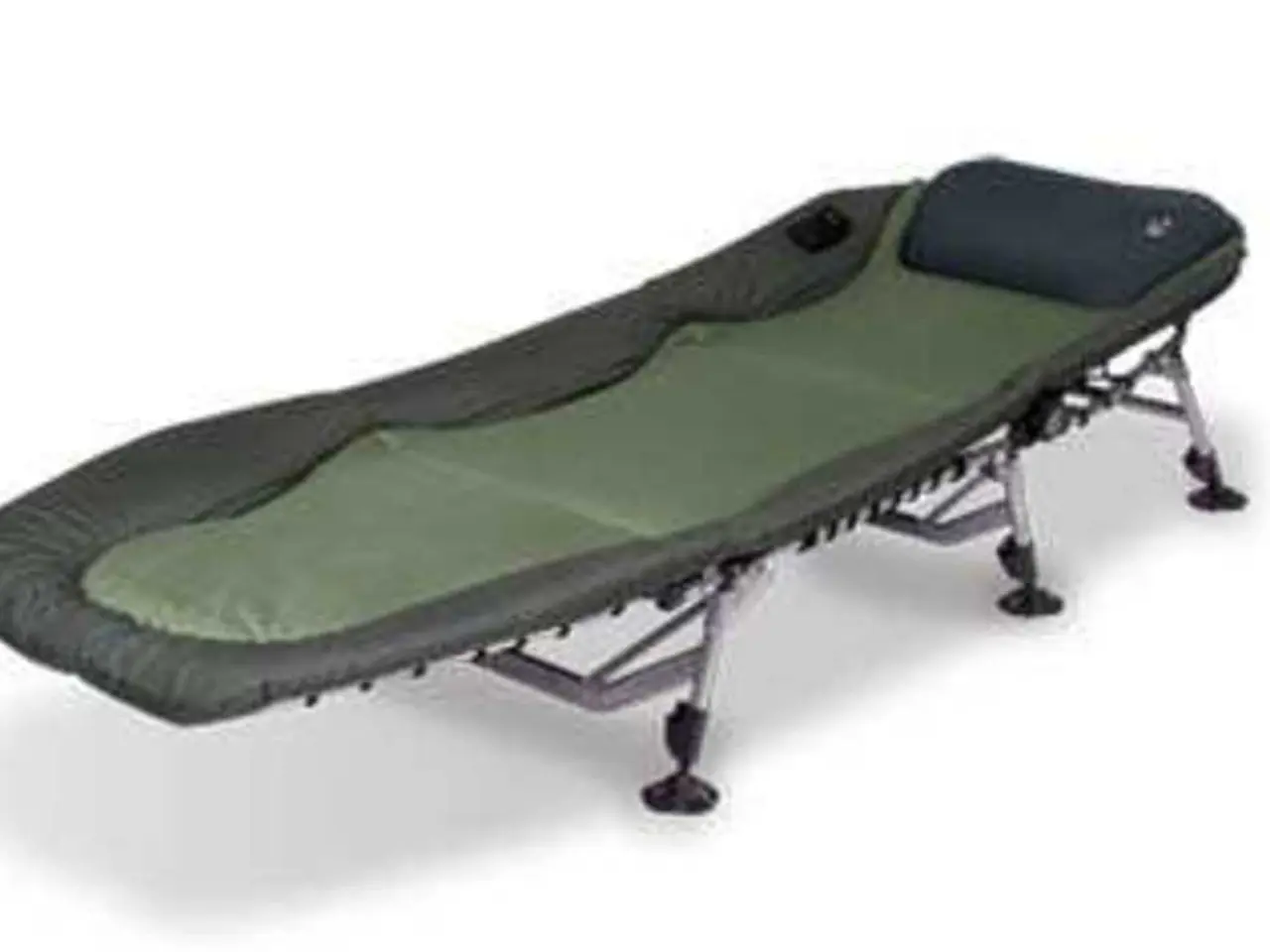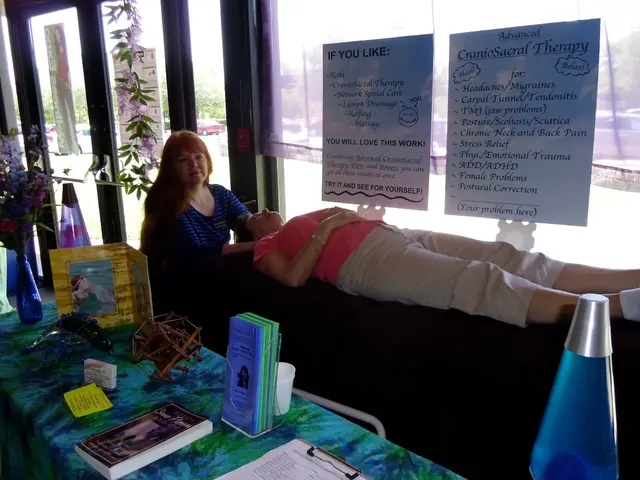Enhancing Flexibility Despite Carpal Tunnel Affliction
Half-burdened by a persistent affliction, Carpal Tunnel Syndrome (CTS) wreaks havoc on those who engage in activities that demand repetitive hand movements. Marked by numbness, tingling, and weakness in the hand and fingers, CTS often interferes with daily tasks. But fear not, for there are several natural remedies that can help alleviate the suffering.
Rolling Out the Mat: Stretching for CTS Relief
Stretching exercises serve as an effective weapon against CTS, offering relief by diminishing stiffness in the wrist and increasing range of motion. Below are the key moves to add to your daily routine:
- Wrist Flexor Stretch: Extend your arm in front of you with your palm facing upward. Grasp your wrist with your other hand and gently pull it downwards, feeling a stretch in your forearm. Hold for 15-30 seconds and repeat on the other side.
- Wrist Extensor Stretch: Extend your arm in front of you with your palm facing down. Use your other hand to gently push your wrist upwards, creating a stretch in your forearm. Hold for 15-30 seconds and repeat on the other side.
- Finger and Thumb Stretch: Spread your fingers apart as wide as they'll go and straighten your thumb. Gently pull each finger and thumb backwards, pulling separately until you feel a stretch. Hold for 10-15 seconds for each finger and repeat on the other hand.
Practice these stretching exercises daily to enhance flexibility in the wrist and bid farewell to CTS symptoms.
Customize Your Battlefield: Ergonomic Adjustments
Crafting an ergonomic combat zone can significantly contribute to enhancing flexibility and reducing discomfort associated with CTS. Modify your workspace as follows:
- Advantageous Keyboard and Mouse Positioning: Position your keyboard and mouse at a comfortable height and angle, ensuring your wrists remain straight and relaxed. Utilize a wrist rest for added support.
- Adaptable Chair and Desk: Adjust your chair and desk to a height suitable for your body to maintain a 90-degree angle in your elbows when typing or using the mouse.
- Time Outs: Take regular breaks to rest and stretch your hands and wrists. This will prevent overuse and minimize the risk of CTS onset.
Employing these ergonomic adjustments won't only boost your flexibility but also enhance posture and hinder future CTS occurrences.
Physical Warfare: Therapy to the Rescue
Physical therapy can be a powerful ally in the fight against CTS. A physical therapist can devise a tailored exercise regimen and techniques to enhance flexibility, reduce pain, and promote healing. They may employ various methods, such as ultrasound therapy or manual therapy, to mitigate symptoms and encourage healing. Physical therapy can also assist in building hand and wrist muscle strength, vital for enhancing flexibility and preventing future flare-ups.
If you experience evidence of CTS, consult a healthcare professional, such as a physical therapist, who can create a treatment plan tailored to your requirements.
In summary, liberating yourself from CTS torment can be achieved through stretching exercises, ergonomic adjustments, and physical therapy. It is essential to address symptoms swiftly and take measures to prevent further CTS progression. Implementing these natural methods can restore flexibility in your hands and significantly improve the quality of your life.
For more comprehensive information about CTS and its treatment options, visit our clinic.
Enrichment Insights
- The most recommended stretches for CTS relief involve gently extending and flexing the wrist and fingers to relieve pressure on the median nerve and improve flexibility.
- Perform stretches gently, checking for pain improvement instead of stretching to a specific point. Always consult a healthcare professional before starting any exercise regimen.
- Effective stretches include Wrist Flexor Stretch, Wrist Extensor Stretch, Finger and Thumb Extensions with Rubber Band, Prayer Stretch (Tendon Gliding), Wrist Curls without Weights, and Shoulder Shrugs and Scapular Retraction.
- Incorporating these stretches regularly can alleviate CTS symptoms and prevent their development by promoting flexibility, strength, and blood flow to the wrist and hand structures.
- Engaging in fitness-and-exercise routines that involve stretching, particularly the Wrist Flexor Stretch, Wrist Extensor Stretch, and Finger and Thumb Stretch, can help alleviate symptoms of Carpal Tunnel Syndrome (CTS).
- Improving mental-health is crucial in managing stress levels, as high stress can exacerbate symptoms of CTS. Therapies-and-treatments, such as cognitive behavioral therapy (CBT), can help better cope with the stressors in life.
- A balanced diet rich in essential vitamins and nutrients, including B6, B12, Folic acid, and calcium, can aid in overall health-and-wellness, potentially contributing to the alleviation of CTS symptoms.






